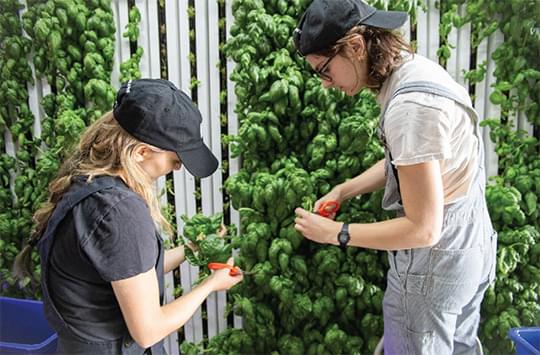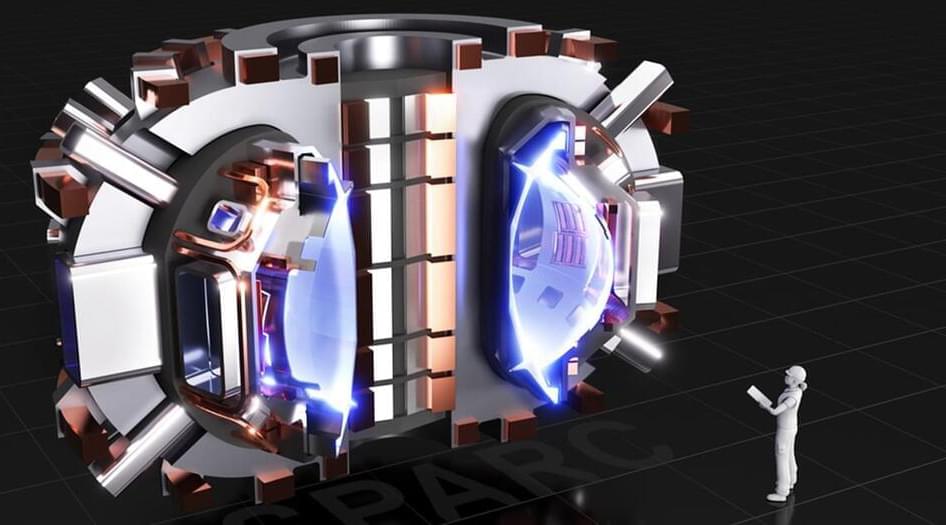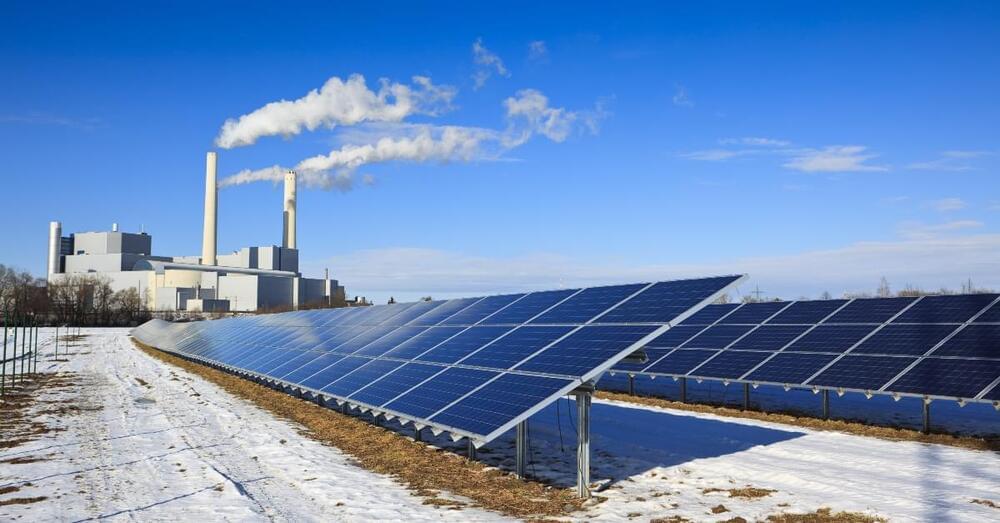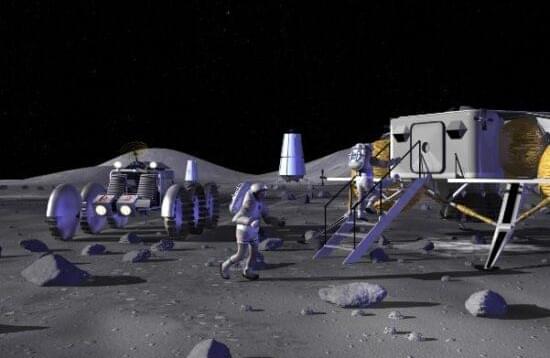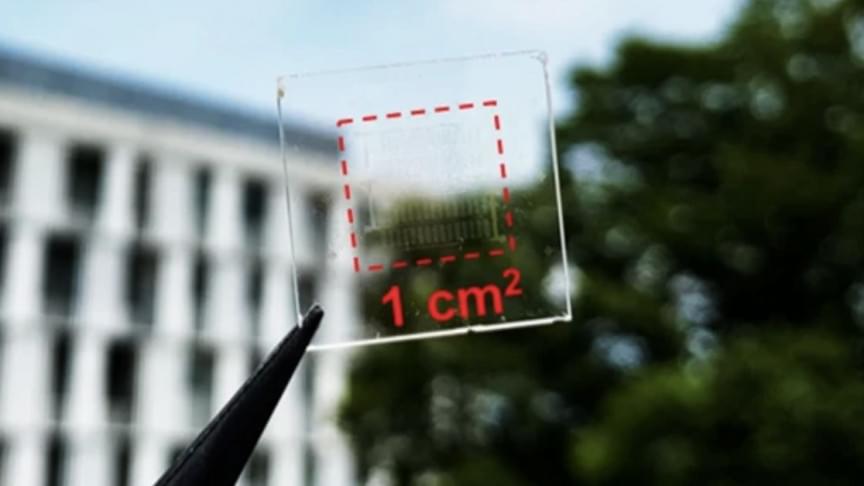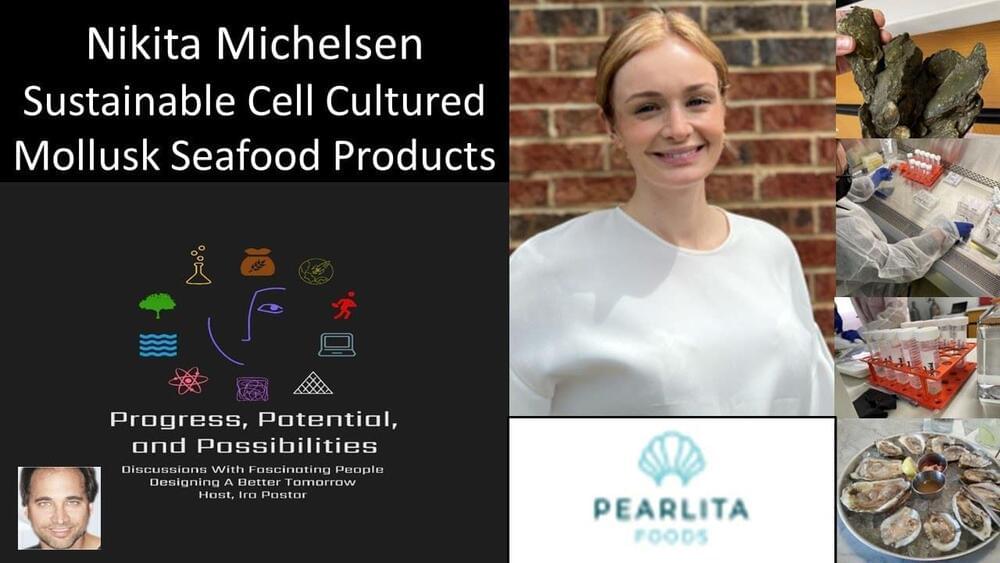Jul 16, 2022
Elon Musk’s brother ramps up vertical farming venture
Posted by Quinn Sena in categories: Elon Musk, sustainability
Circa 2020
In 2016, Elon Musk’s younger brother, Kimbal Musk co-founded Brooklyn-NY-based vertical-farming operation Square Roots as part of a broader quest to grow fresh, local produce close to population centres and empower young people to participate in the sustainable urban farming trend. Over four years, Square Roots has grown more than 120 varieties of crop, including salad greens, vegetables and strawberries.
Continue reading “Elon Musk’s brother ramps up vertical farming venture” »
